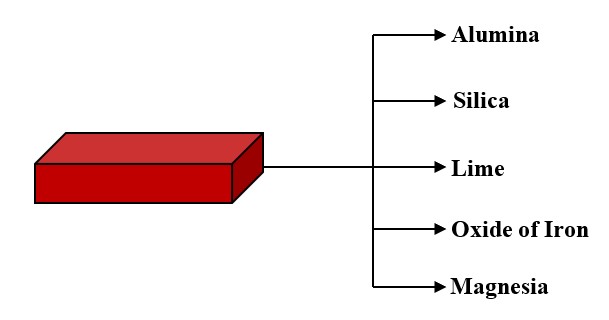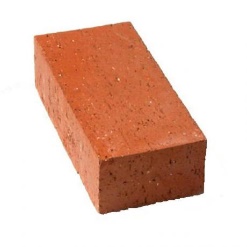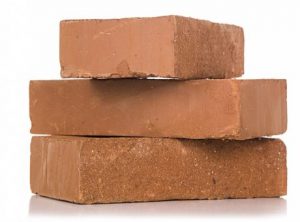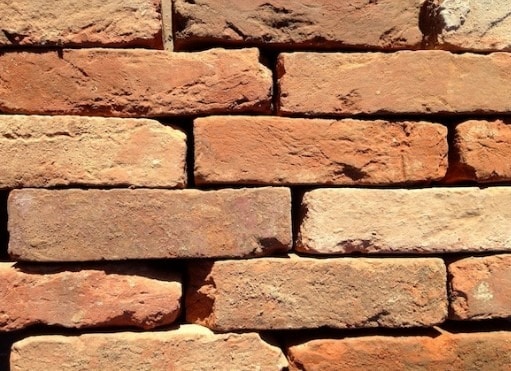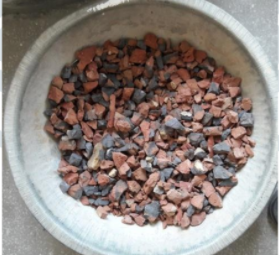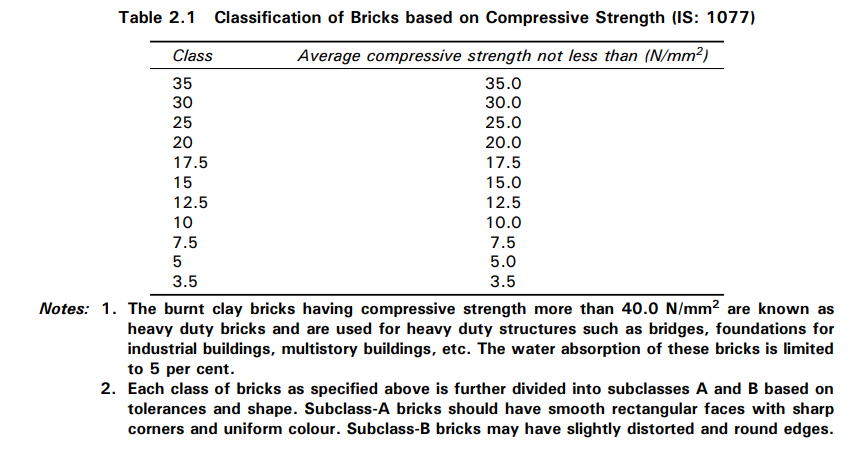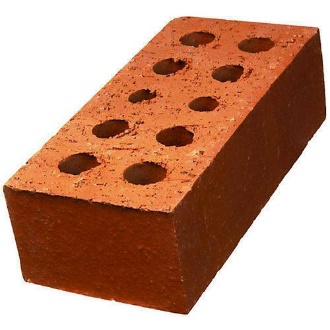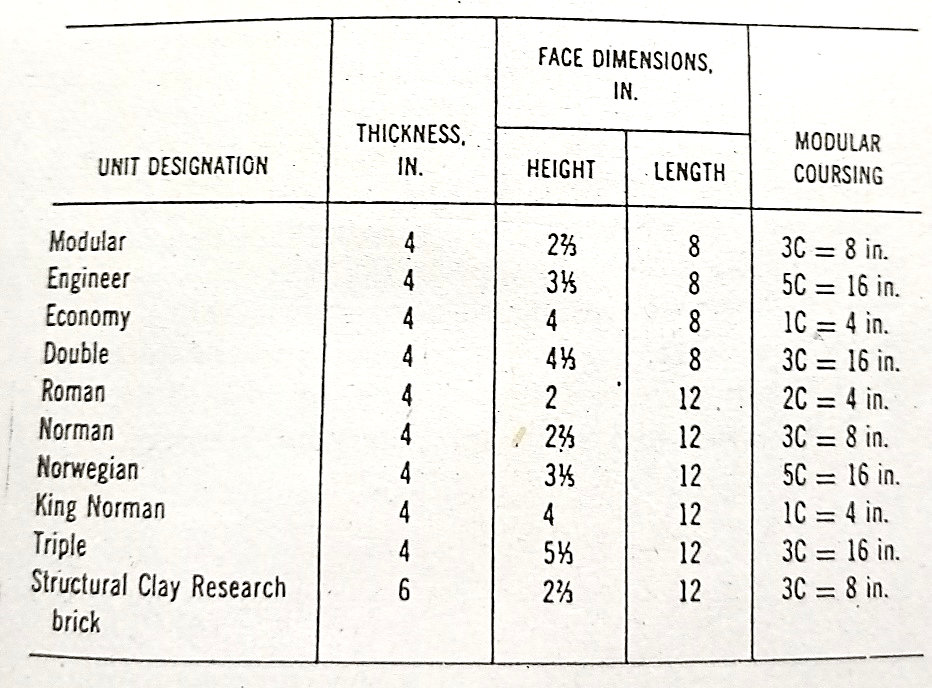Clay products, such as bricks are known and used as structural materials for a quite a time. However, technological advancements have provided an insight into the raw materials and their properties. In addition, the progressive human approach has led to better machinery, kilns and controlled burning.
Bricks are masonry units, stacked in a particular pattern for building walls or squashed and used in other construction operations. The primary advantage of using a brick is its economy, longevity and ease of handling. Moreover, bricks also offer fairly good load bearing and also look aesthetically pleasant. The chief components of brick earth are given in the following figure.
Table of Contents
Classification of Bricks
Bricks can be classified based on a number of parameters as explained below;
1)Based on Physical and Mechanical Properties
Based on the physical and mechanical properties, burnt bricks may fall into any of the following sub-categories:
a)First Class Bricks:
As the name indicates, these are high-quality bricks made from good brick earth that does not contain any saline deposits. Following are some characteristics of this prime class of bricks;
- They possess a deep red or scarlet color that reflects thorough burning of them in the kilns at an optimum temperature for an optimum duration.
- They have uniform geometry and size with sharp edges. Each face of the brick is a perfect quadrilateral and opposite faces are parallel to each other.
- The texture of such bricks is uniform and homogeneous and they are free from dents, cracks or any other textural flaw.
- When struck against each other, a clear ringing sound is produced that gives evidence of brittle nature of such masonry units.
- When tested under compression, such bricks show a minimum compressive strength of .
- The water absorption of such bricks is the least i.e., of their dry weight when dipped in cold water for almost a day.
Uses:
First-class bricks can be used for facing purposes because of their aesthetic appearance. These bricks can also be used for reinforced brick masonry and flooring work owing to their high relative compressive strength.
b)Second Class Bricks:
These bricks are also well-burnt. However, subject to slight geometric and textural irregularities, they are ranked second to first-class bricks. There properties are enumerated below;
- These bricks are also composed of good brick earth and are free from any lime content.
- They might show slight asymmetry with respect to their geometry and shape. Additionally, the brick color may also show slight discrepancy from deep red or cherry color.
- They produce audibly-clear ringing sound when struck together.
- The minimum crushing strength of such bricks is .
- In comparison to first-class bricks, second-class bricks have relatively more water absorption i.e., of the brick’s dry weight.
Uses:
These bricks can be employed for all kinds of hidden masonry works because of their appreciable mechanical properties. However, for exposed masonry works, these are not given precedence over first-class bricks.
c)Third Class Bricks:
These bricks may either be over-burnt or under-burnt. In either case, the physical properties of such bricks depict their discrepancy from first-class bricks. In most cases, third-class bricks are under-burnt and usually soft and light-colored. They possess the following properties:
- These bricks are devoid of uniform shape and geometry.
- They produce a dull or faint sound when struck against each other.
- The water absorption of such bricks is a step ahead of first and second-class bricks with a numerical value of 25% implying the tentative absorption of each brick.
- The crushing strength of such bricks is the least owing to their soft and porous nature.
Uses:
In ordinary and temporary construction works where masonry units are to be used and very high strength is not desired, these bricks can be used.
d)Fourth Class Bricks:
These are over-burnt masonry units. They are inordinately malformed in shape, rendering them brittle in nature.
Uses:
These bricks are not for masonry construction works. Instead, they are fragmented and used as aggregates for concrete in floors and foundations. They can also be used in road construction works.
2)Based on Compressive Strength
The compressive strength of a brick depends not just on the composition of brick earth but also on the temperature of kiln and the duration for which they are heated. Based on the crushing strength, some standards have classified bricks and have named them accordingly. The following table shows the classification of bricks based on their strength in compression as per Indian Standard (IS:1077).
Source: IS: 1077
3)Based on Use
Bricks can be used for various construction works, some of which impose aesthetic stipulations while others do not. Based on the purpose they are employed for; masonry units can be classified as follows:
a)Common Brick:
It is used for all kinds of ordinary masonry works, from filling and backing to construction of walls. Although providing a variable range of strength and durability, common bricks usually do not serve aesthetic purposes.
b)Facing Brick:
These bricks are essentially used in places where the aesthetics of a building are not to be compromised. They result in good appearance of the structure because of their color, geometry and texture. They also provide appreciable durability and since they are used in exposed masonry works, they are substantially resistant to fluctuating weather extremes.
c)Engineering Brick:
An engineering brick is a masonry unit primarily serving strength and durability whilst conforming to the defined limits of water absorption. It is generally impermeable and smooth and is brought to play for load-bearing structures.
4)Based on Manufacturing Process
Based on the manufacturing process, bricks can be classified into the following two types:
a)Unburnt Bricks:
These bricks are hand-cast and sun-dried. After the preparation of brick clay, it molded and cast and finally dried in air. These bricks do not provide good compressive strength and are less resistant to weather changes and water percolation. Hence, there use in permanent structures is never sought-after.
b)Burnt Bricks:
These bricks are manufactured in brick kilns and are subjected to high temperatures for drying. They include wire-cut bricks, pressed bricks or machine-molded bricks. They have variable compressive strength. However, in general, depending upon the properties of burnt brick, they can be employed for various construction works.
5)Based on Size
Based on size, a number of variations are available that have gained acceptance and have been standardized.
Source: Structural Clay Products Institute


